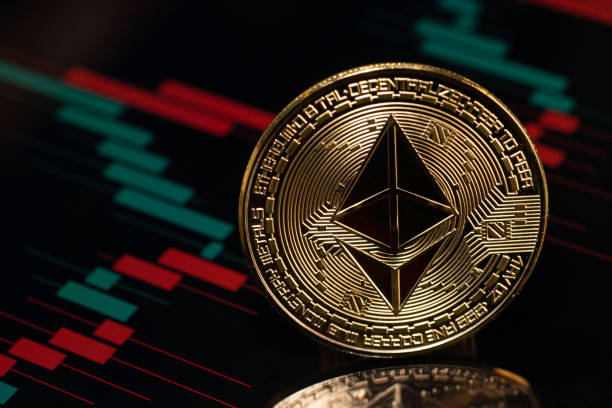US Dollar Index weakens below 99.00 as soft US CPI inflation data keeps Fed on track for rate cut
The US Dollar Index (DXY), an index of the value of the US Dollar (USD) measured against a basket of six world currencies, trades on a negative note near 98.80 during the early Asian session on Monday. The DXY softens amid the prospect of a US rate cut after moderate inflation figures on Friday.
The US Federal Reserve is widely expected to cut its current benchmark interest rate of 4.0% to 4.25% by a quarter percentage point on Wednesday after a softer-than-expected inflation report. The US Consumer Price Index (CPI) rose 3.0% YoY in September, versus 2.9% prior, according to the US Bureau of Labor Statistics (BLS) on Friday. This figure came in below the market expectation of 3.1%.
Meanwhile, the core CPI climbed 3.0% YoY in September, compared to 3.1% in August, softer than the 3.1% expected. On a monthly basis, the CPI increased 0.3% following the 0.4% rise seen in August, while the core CPI increased 0.2%, compared to the market consensus of 0.3%.
Nonetheless, the optimism surrounding US-China trade talks eases concerns over a trade war between the world’s two largest economies. US Treasury Secretary Scott Bessent said trade talks on the sidelines of a summit of the ASEAN in Kuala Lumpur have eliminated the possibility of the US imposing 100% tariffs on Chinese imports starting November 1.
Bessent added that he expects China to delay implementation of its rare earth minerals and magnets licensing regime by a year while the policy is reconsidered. US President Donald Trump will meet Chinese President Xi Jinping later on Thursday to decide on the framework of a trade deal.
US Dollar FAQs
The US Dollar (USD) is the official currency of the United States of America, and the ‘de facto’ currency of a significant number of other countries where it is found in circulation alongside local notes. It is the most heavily traded currency in the world, accounting for over 88% of all global foreign exchange turnover, or an average of $6.6 trillion in transactions per day, according to data from 2022.
Following the second world war, the USD took over from the British Pound as the world’s reserve currency. For most of its history, the US Dollar was backed by Gold, until the Bretton Woods Agreement in 1971 when the Gold Standard went away.
The most important single factor impacting on the value of the US Dollar is monetary policy, which is shaped by the Federal Reserve (Fed). The Fed has two mandates: to achieve price stability (control inflation) and foster full employment. Its primary tool to achieve these two goals is by adjusting interest rates.
When prices are rising too quickly and inflation is above the Fed’s 2% target, the Fed will raise rates, which helps the USD value. When inflation falls below 2% or the Unemployment Rate is too high, the Fed may lower interest rates, which weighs on the Greenback.
In extreme situations, the Federal Reserve can also print more Dollars and enact quantitative easing (QE). QE is the process by which the Fed substantially increases the flow of credit in a stuck financial system.
It is a non-standard policy measure used when credit has dried up because banks will not lend to each other (out of the fear of counterparty default). It is a last resort when simply lowering interest rates is unlikely to achieve the necessary result. It was the Fed’s weapon of choice to combat the credit crunch that occurred during the Great Financial Crisis in 2008. It involves the Fed printing more Dollars and using them to buy US government bonds predominantly from financial institutions. QE usually leads to a weaker US Dollar.
Quantitative tightening (QT) is the reverse process whereby the Federal Reserve stops buying bonds from financial institutions and does not reinvest the principal from the bonds it holds maturing in new purchases. It is usually positive for the US Dollar.





